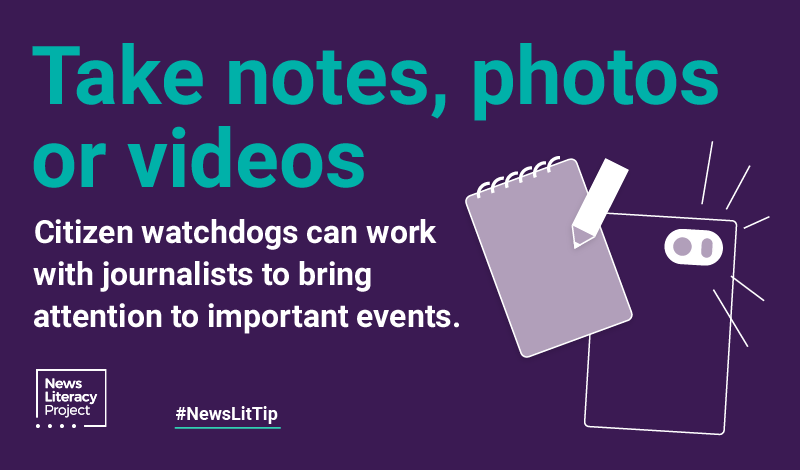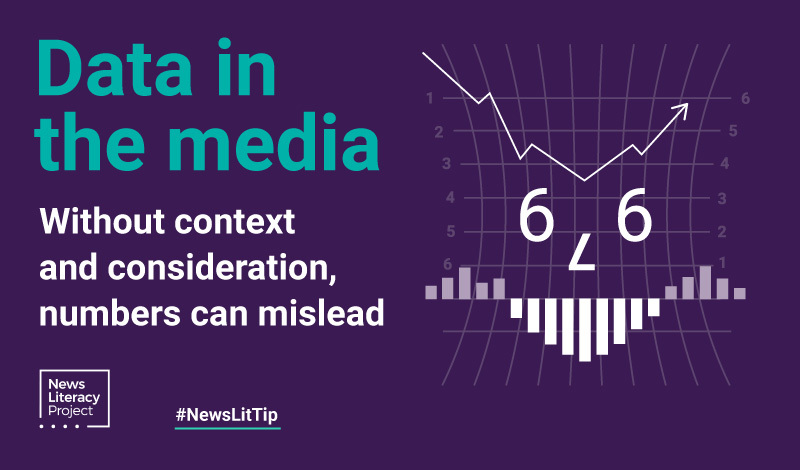
News Lit Tips
Citizens, like reporters, can be watchdogs guarding integrity and truth

One of the most significant, and most tragic, examples of a citizen acting as a watchdog of those in power occurred on July 6, 2016, when Philando Castile was fatally shot by a police officer in Falcon Heights, Minnesota. Castile’s girlfriend, Diamond Reynolds, and her daughter were in the car as Castile, who was driving, was pulled over.
After a brief conversation with Castile, the officer shot him seven times — and within seconds of the final shot, Reynolds began recording and livestreaming the events on Facebook. “In doing so,” reporter Julie Bosman wrote in The New York Times, “she became not only a poised and influential witness, but a teller in real time of her own treatment by the police.” She also became part of a national effort to document police officers’ treatment of ordinary people, especially Black Americans.
Watchdog reporting is its own category of journalism, referring to scrutiny given to the actions of those who hold power and influence. These efforts to hold such forces accountable, when carried out by news outlets, include follow-up research and verification of facts to build a comprehensive report.
But ordinary people can witness and record incidents, too, and the point is the same: to bring troubling incidents to light by providing evidence, be it a photograph, a video or notes of a transaction or encounter that someone meant to keep secret.
When local newspapers close, journalistic oversight decreases, so the need grows even greater for coverage of parts of the community that might operate under the radar — for example, operations of businesses or activities of elected officials or others in positions of authority. For instance, area residents taking notes and asking questions at town meetings can help, as a columnist wrote in 2018 in the politics news outlet NJInsider: “My hunch long has been that local town and school board officials love opening a meeting and seeing no reporters or citizen watchdogs in the audience.”



